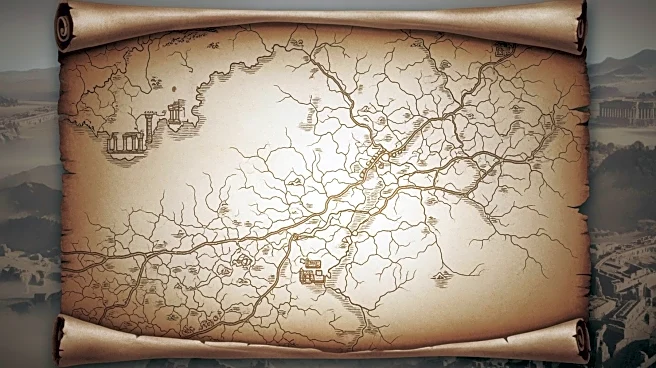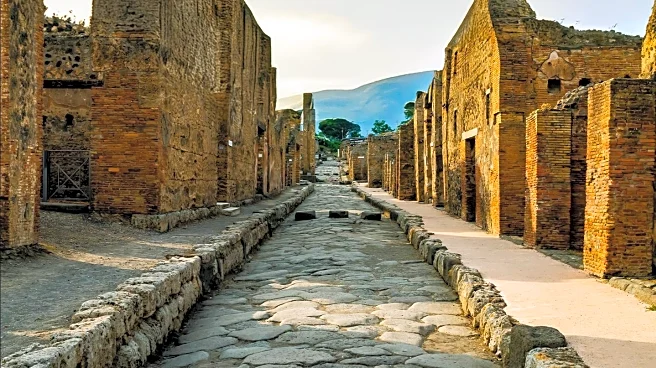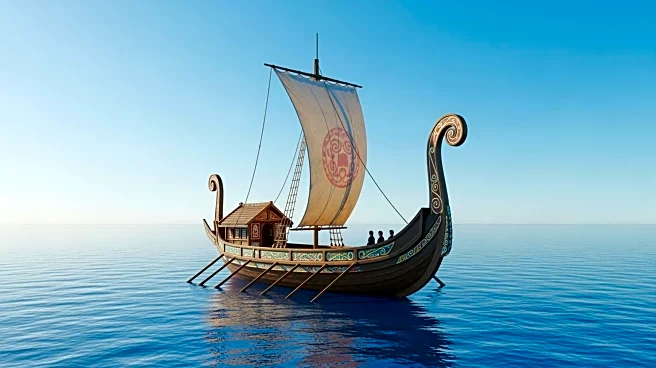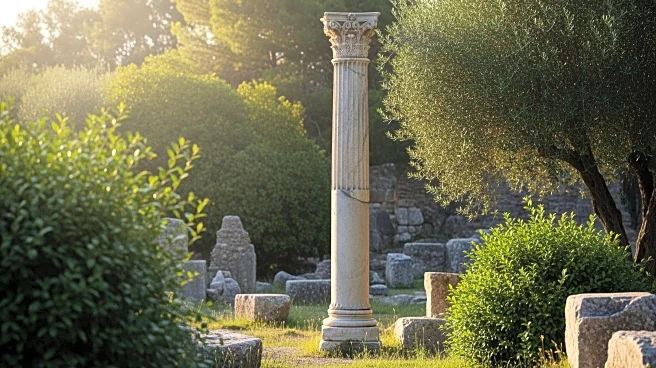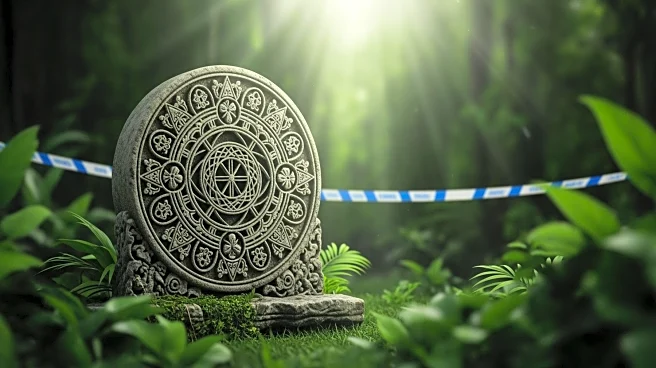What's Happening?
A new study published in Scientific Data reveals that ancient Roman roads stretched 50% longer than previously known, with nearly 186,000 miles of roads across the Roman Empire. Researchers utilized satellite
imagery and historical records to map these roads, uncovering secondary routes that connected villas and farms. The study provides a comprehensive digital atlas of Roman road networks, offering insights into the engineering feats and historical significance of these ancient pathways.
Why It's Important?
The discovery of extended Roman road networks enhances understanding of ancient Roman infrastructure and its impact on historical developments. These roads facilitated trade, military movements, and cultural exchanges, shaping the economic and social dynamics of the Roman Empire. The study's findings contribute to archaeological research and education, providing valuable resources for scholars and history enthusiasts. The Roman road network's influence persists in modern infrastructure, highlighting the enduring legacy of Roman engineering.
What's Next?
The digital atlas of Roman roads will serve as a foundational tool for further archaeological research and historical analysis. Scholars may explore the implications of these roads on ancient trade routes, military strategies, and cultural interactions. The study may also inspire technological advancements in archaeological mapping and data visualization, enhancing the study of ancient civilizations. Continued research may uncover additional details about the Roman Empire's infrastructure and its role in shaping historical events.
Beyond the Headlines
The study of Roman roads offers insights into the broader themes of technological innovation and cultural exchange in ancient times. The engineering techniques used to construct these roads reflect the sophistication of Roman society and its ability to adapt to diverse geographical challenges. The research underscores the importance of preserving historical knowledge and utilizing modern technology to uncover the complexities of ancient civilizations.
